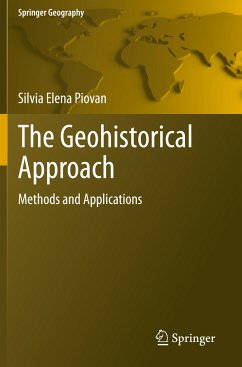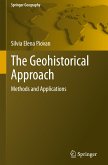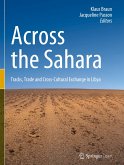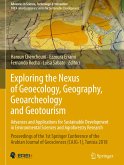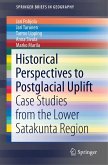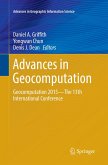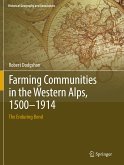This book gives a comprehensive view of the strengths and limits of the interdisciplinary methods that work together to form the geohistorical approach to geographical and geological sciences. The geohistorical approach can be synthetically defined as a multi- and interdisciplinary approach that uses techniques and perspectives, mainly from geography, history, and natural sciences, to examine topics that inform the space-time knowledge of environment, territory, and landscape. The boundary between the application of physical and human science methods is large and hazy. This volume exists at this boundary and offers an approach that utilizes both historical data (from both physical and human records) and GIScience (e.g. GIS, cartography, GPS, remote sensing) to investigate the evolution of the environment, territory and landscape through both space and time.
The first objective of this volume is to define the term geohistorical approach. An entire chapter focuses on a review of the main disciplines that connect geography and history, a review of the terms environment, territory, and landscape as objects of study of this approach, and the definition and importance of the geohistorical approach. The second goal is to describe the methods used in the geohistorical approach. Eight chapters present the key methods also using examples of applications from the international context, offering an awareness of the potentials, limitations and accuracy of each method, with particular focus on the integration of methods. The third goal is to provide case studies to demonstrate the use and integration of geohistorical methods from both original material and published research. A final chapter is dedicated to an interdisciplinary case study from the Venetian Plain (Italy), providing an example of the integration of almost all methods described in the book.
The first objective of this volume is to define the term geohistorical approach. An entire chapter focuses on a review of the main disciplines that connect geography and history, a review of the terms environment, territory, and landscape as objects of study of this approach, and the definition and importance of the geohistorical approach. The second goal is to describe the methods used in the geohistorical approach. Eight chapters present the key methods also using examples of applications from the international context, offering an awareness of the potentials, limitations and accuracy of each method, with particular focus on the integration of methods. The third goal is to provide case studies to demonstrate the use and integration of geohistorical methods from both original material and published research. A final chapter is dedicated to an interdisciplinary case study from the Venetian Plain (Italy), providing an example of the integration of almost all methods described in the book.

